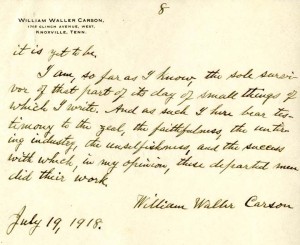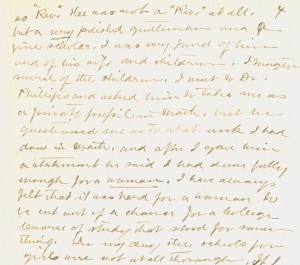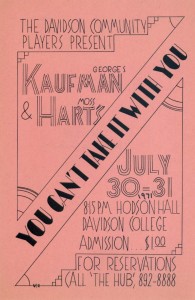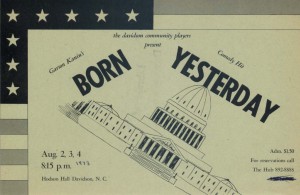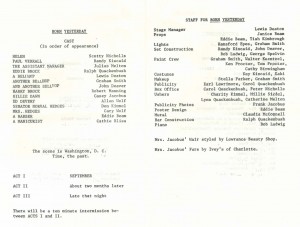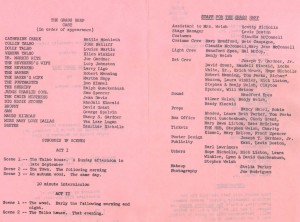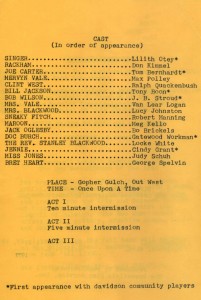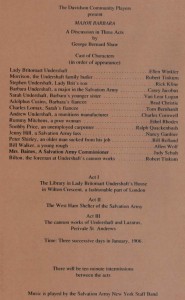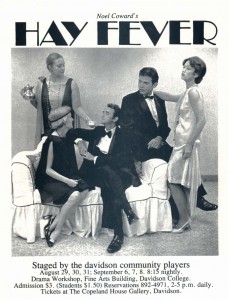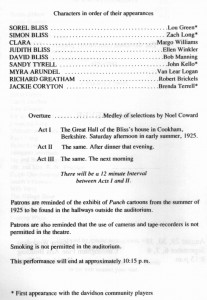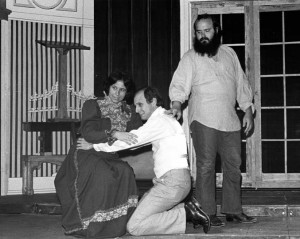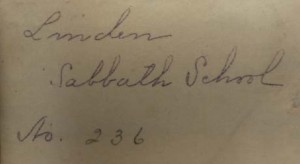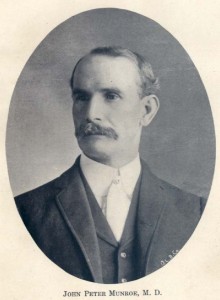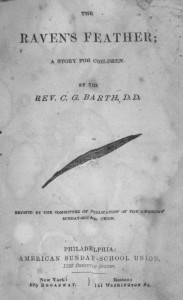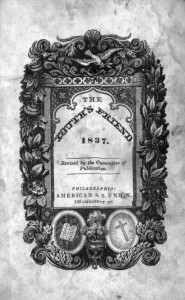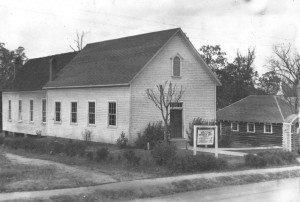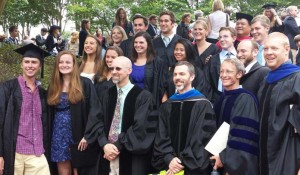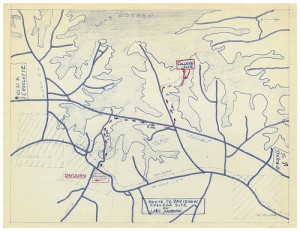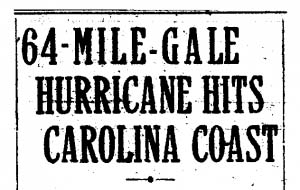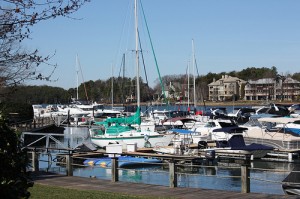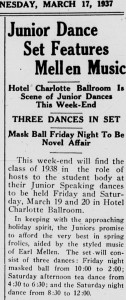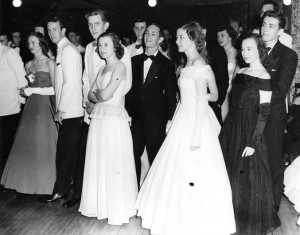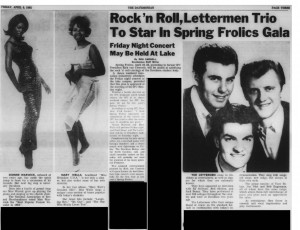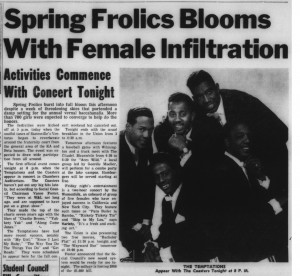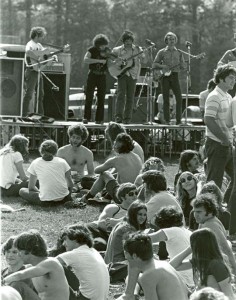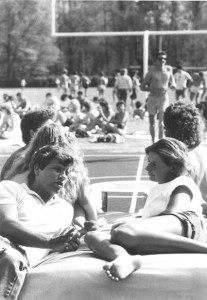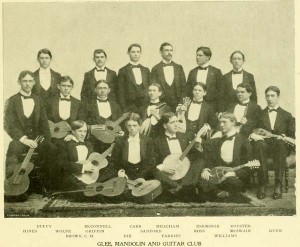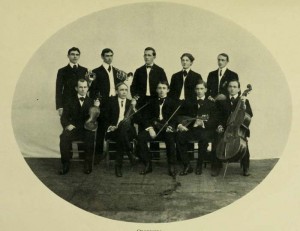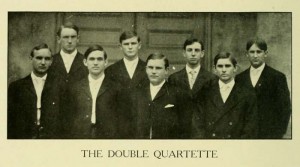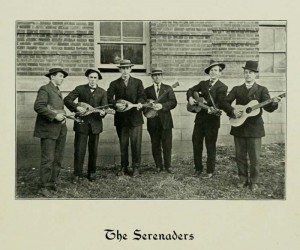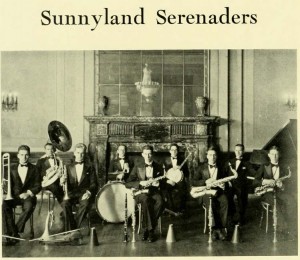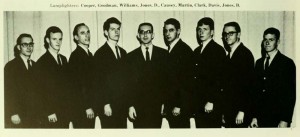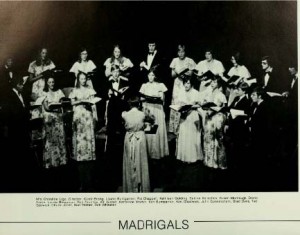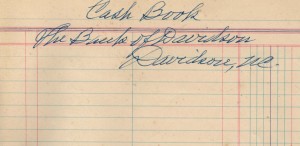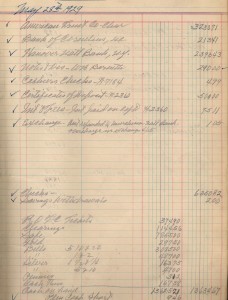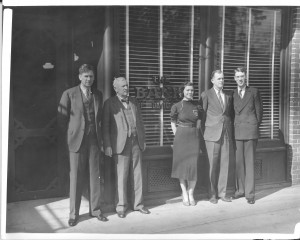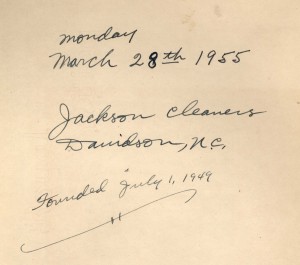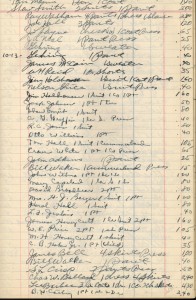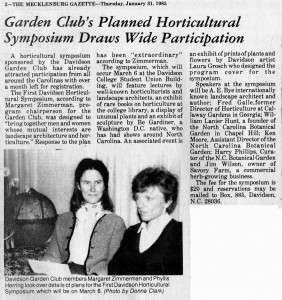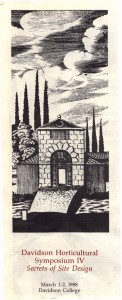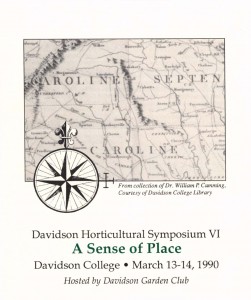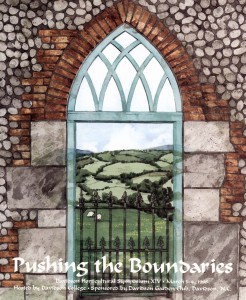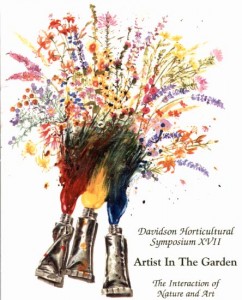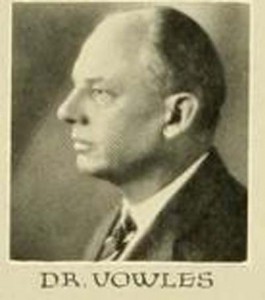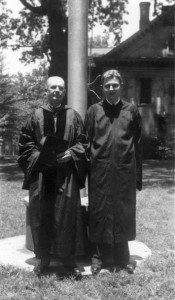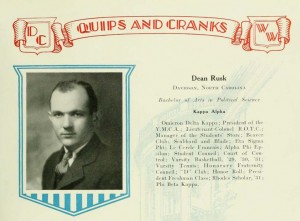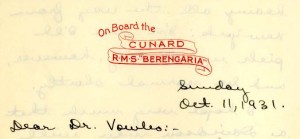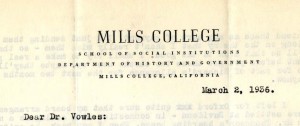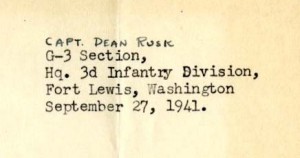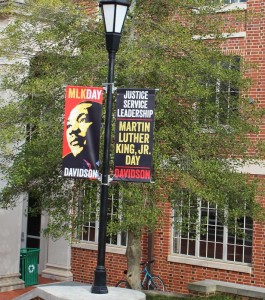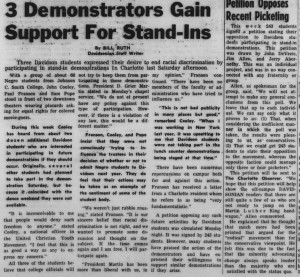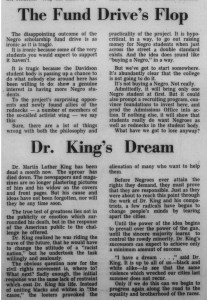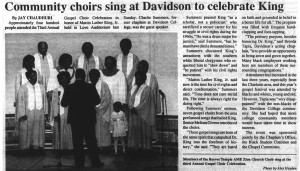A small group of student letters became one of the earliest digital collections on our website. The first letters were selected because we had transcripts available (a result of Mary Beaty’s work in researching and writing her history of the college).
The latest letters were selected because they did NOT have transcripts. They became part of a class assignment to transcribe, annotate and create online access to previously “hidden” correspondence. With 2 classes working on the project, we expanded beyond student letters to include letters written by faculty, faculty wives, and young women who were tutored by Davidson faculty and renamed the collection College Letters.
The students in Professor Shireen Campbell’s writing classes contributed 24 new letters to the site. In a tip of our archival hats to Dr. Beaty, some of the selected letters came from the research done by Cornelia Shaw for her history of Davidson College. She contacted former students and faculty asking for their memories of college life and events.
Her correspondents include mathematics professor William Carson, Anne Sampson, whose husband John taught French and Latin in the 1870s and 1880s; Mary Scofield Clifford, daughter of a local boarding house owner and aspiring student, Lucy Russell, daughter of Professor Charles Phillips, and alumni Colin Munroe (1872) and William Smith (1865).
Carson’s memories include interactions with local African-Americans in his role of supervisor of the college grounds, while Sampson provides some history for Davidson College Presbyterian Church’s change from a college church to a town church. Clifford reports on her dismissal by Lucy Russell’s father:
I went to Dr. Phillips and asked him to take me as a private pupil in math, but he questioned me as to what work I had done in math, and after I gave him a statement he said I had done fully enough for a woman. I have always felt that it was hard for a woman to be cut out of a chance for a college course of study that stood for something. In my day the schools for girls were not at all thorough.
Lucy Russell, Colin Munroe and William Smith offer details of daily life but also moments of excitement including a cattle stampede, student trials and the arrival of Colt pistols on campus.
Another set of letters from two brothers, Charles and Walter Leverett, were recent additions to the archives from a Davidson professor (and their relative) Greta Munger.
The writing students did amazing work, deciphering some times difficult 19th century handwriting, learning about Davidson history and college education in general as well as Civil War generals, Yale philosophers, and train travel.
Additional letters transcribed and annotated by the class:
William Johnson (1842) – describing college curriculum
Robert Hall Morrison (1860) – family news, including a report on his father, Davidson College’s first president
Calvin McKeown (1874) – describing faculty and classes
James McLees (1876) – commencement plans
Oni Davis McNeely (1840) -homesick and asking for winter clothes
Professor E. F. Rockwell asking advice from Benjamin Silliman
Neill A. Smith (1840) b- dispelling rumors of student dismissals
John J. Stringfellow (1860) – memories of pranks
Rev. Samuel B. Wilson – turning down presidency of Davidson College
